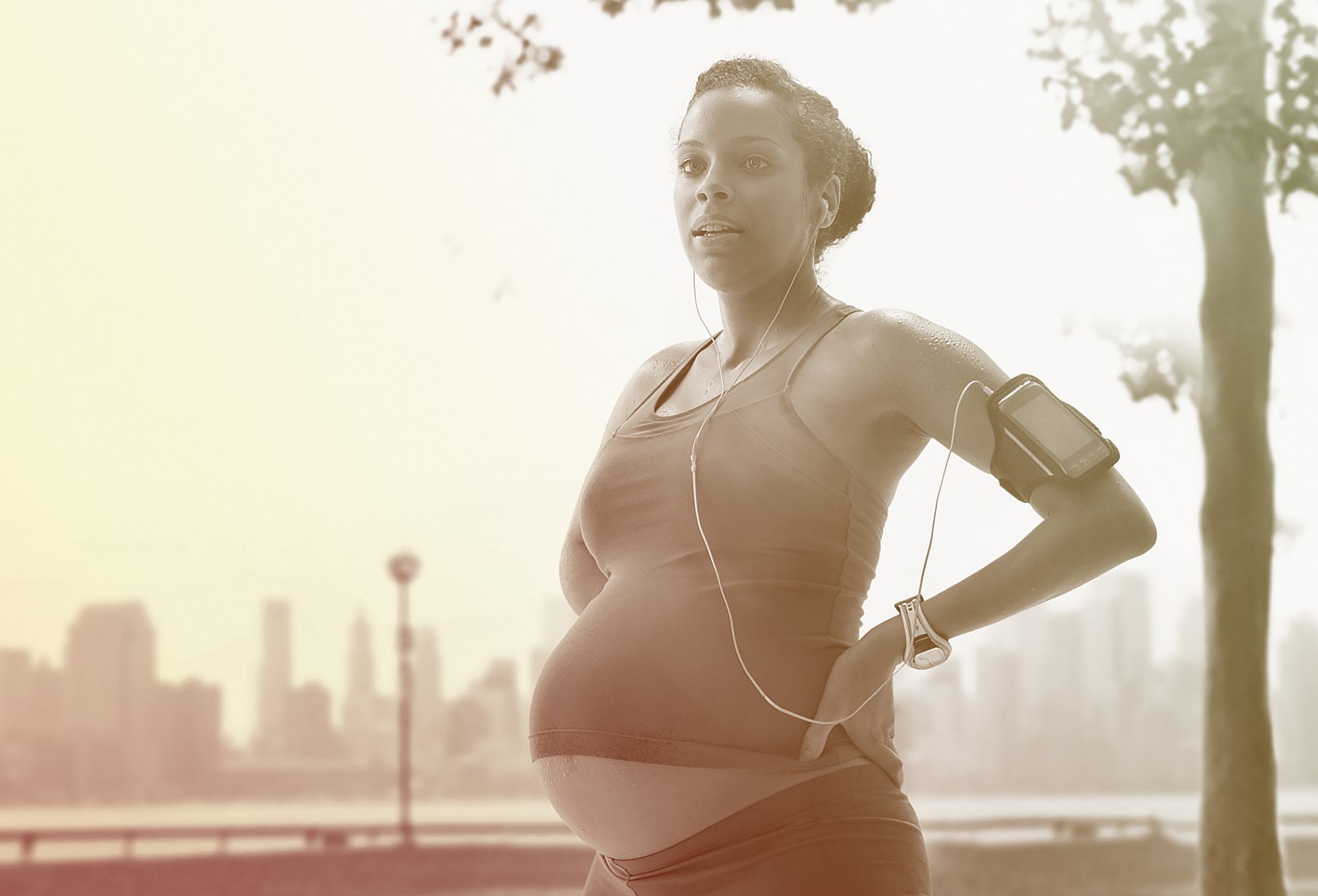By the end of the third trimester, most parents-to-be are pretty anxious to get the show on the road. “Women feel uncomfortable being pregnant and want to be un-pregnant,” explains Joyce Gottesfeld, M.D., OB-GYN for Kaiser Permanente in Denver. If their due dates passes without any hint of contractions, some people consider taking things into their own hands by inducing labor themselves.
But is it safe? “It’s important for every pregnant woman to discuss labor induction and plans to attempt it at home with her physician,” says Ilana Ressler, M.D., a reproductive endocrinologist with RMA of Connecticut. She explains that women who have increased pregnancy or medical risks should avoid it altogether.
That said, she acknowledges that women might seek to “put favorable circumstances in place” to encourage labor to happen naturally, which might involve positioning the baby properly and improving the alignment of the mother’s body through exercise. The good news: You can safely do this through intentional and low-impact movements.
“For a low-risk person, exercise (or movement in general) and paying attention to your posture and alignment is one of the most important things you can do,” explains Ashley Brichter, founder and CEO of Birth Smarter, which offers in-person and virtual childbirth classes for expectant parents.
She adds that, in order for labor to start off well and progress, the baby must be in an optimal position (head down, facing your back with their chin tucked). Women should also encourage proper body alignment to achieve more space in their lower back, which allows the baby to rotate and descend. “What I would look for is just postural work, and trying to bring some balance into the body and pelvis,” says Brichter. The following movements might be able to help.

The Best Exercises to Induce Labor at Home
1. Parallel Your Feet
“A lot of pregnant women splay their feet wide, but bringing their toes parallel can help separate the sitz bones,” says Brichter. This finds more space in their lower back, which makes labor and delivery easier.
2. Maintain Alignment
Instead of pushing your belly forward when standing, stay aligned with your hips over your ankles. This stance—which is easy to take while doing dishes, standing in the line at the grocery store, etc.—encourages the baby to move into the proper position. Similarly, try not to slouch when you’re sitting down, says Brichter.
3. Sit on a Birthing Ball
According to Brichter, sitting on a birthing ball in neutral wide-legged positions prepares the body for labor by increasing blood flow, opening the pelvis, and encouraging cervical dilation. You can also try these birthing ball exercises to induce labor: circular hip rotations, rocking, and gentle bouncing.
4. Do Pelvic Tilts
During delivery, your pelvic bones pull away and separate to accommodate your baby’s head. Keep the joints loose by completing pelvic tilt exercises. Here’s one way to do them: Lying on your back, place your feet flat against the floor and bend your knees. Slowly lift the pelvis until it becomes parallel with your torso. Hold for 10 seconds, return to your starting position, and repeat several times.
5. Assume the Butterfly Pose
You might recognize the butterfly pose from dance or yoga class—but did you know it can increase flexibility in your pelvic joints, improve blood flow, and make childbirth easier? To get into the pose, sit upright on the floor, and bring the sole of feet together while bending the knees. Pull your feet toward your body to feel a stretch in your hips and inner thighs, and don’t forget to breathe into it.
6. Go on Walk
Maintaining a regular exercise routine, including low-impact cardio like walking, has many benefits throughout pregnancy. But walking can also be used as an exercise to induce labor, since it helps with cervical dilation and allows the baby to drop in the pelvis. Walking might also ease some of your anxiety surrounding labor and delivery.
7. Perform Lunges
Lunges stretch the hips and open the pelvis, which helps the baby move into the ideal birthing position. Here’s how to do them: Stand up straight, then take a big step forward with one leg, keeping your knee over your ankle. The other leg should drop so it’s parallel to the ground. Push back up to starting position, then repeat with the other leg.
Who Shouldn’t Use Exercise to Induce Labor?
While experts often recommend regular exercise for low-risk pregnant women, the American College of Obstetricians and Gynecologists (ACOG) suggests discontinuing if you experience certain symptoms. They include vaginal bleeding, abdominal pain, regular painful contractions, amniotic fluid leakage, shortness of breath, dizziness, headache, chest pain, muscle weakness affecting balance, and calf pain or swelling.
Always speak with your plans to induce labor through exercise with your healthcare practitioner, especially if you have a high-risk pregnancy. Consider discussing your plans with a physical therapist as well. “Midwives and OB-GYNS are very good at keeping pregnant women safe, but they aren’t necessarily experts at the body’s structure,” says Brichter. “Somebody thinking about using movement and exercise in labor might want to talk with a women’s physical therapist.”
The Bottom Line
“If your body is not ready for labor, don’t push it,” says Dr. Gottesfeld. And although exercise can prepare a woman’s body for delivery, it’s not a well-proven method of labor induction. “If a woman is interested in attempting labor induction, it is best to discuss this with her physician,” adds Dr. Ressler.





